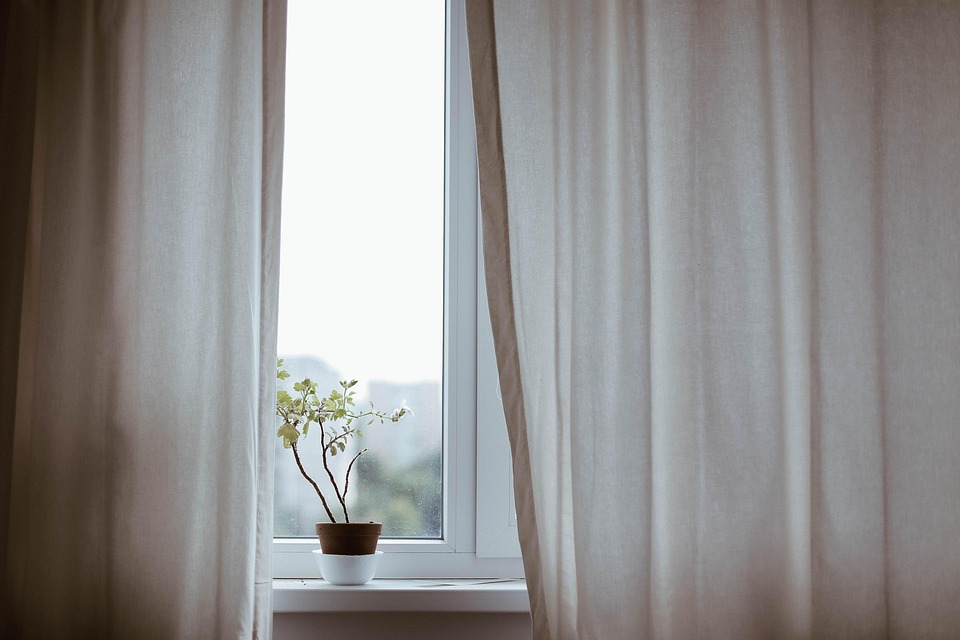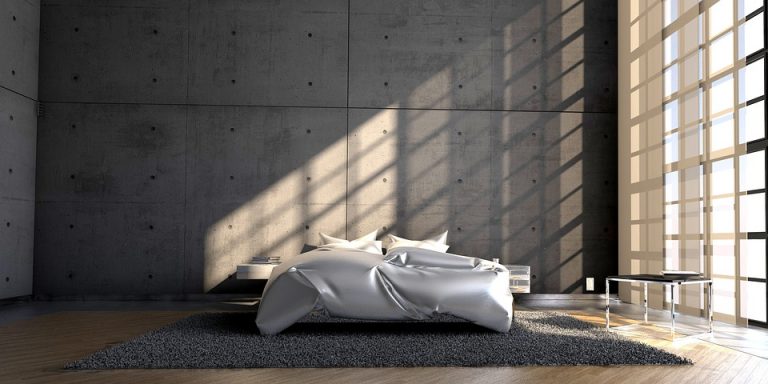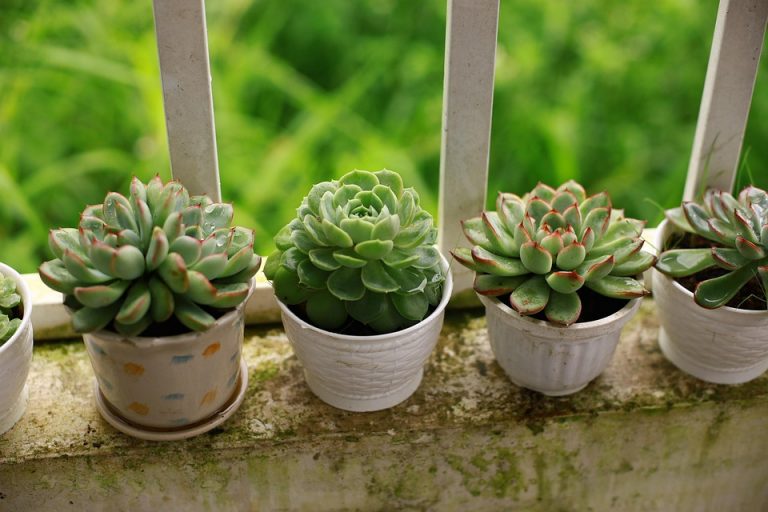Indoor plant care is the gentle art of giving life a little room in your busy life. It’s the simple, bold practice of keeping a green companion alive, healthy, and radiant — even when your schedule screams chaos. For people who work late, travel often, or simply juggle too many plates, smart indoor plant care turns a chore into a quiet pleasure that rewards you with cleaner air, calmer nerves, and a home that looks cared-for.
Contents
Indoor Plant Care For Busy People
You don’t need a greenhouse or a green thumb. You need a few clear rules that save time and increase success. I’ll show you seven smart, no-nonsense tips that fit the life you actually live. These are the strategies I lean on when I’ve got one eye on the clock and the other on my thriving plants.
1. Choose Low-Maintenance Plants That Forgive
Pick plants that tolerate neglect. Snake plants, pothos, ZZ plants, and spider plants laugh at missed waterings. They’re forgiving, resilient, and they clean the air. A study at NASA highlighted common houseplants for improving indoor air quality, which is a nice bonus when you’re short on time.
Set yourself up for success by starting with the right species. When you buy, ask: How long can this plant go without water? Does it prefer bright light or low light? Those two answers will save you endless trouble.
- Snake plant: drought-tolerant and architectural.
- Pothos: fast grower, low light friendly.
- ZZ plant: almost indestructible.
- Spider plant: great for hanging baskets and forgiving.
2. Create A Simple Watering Routine
Watering is the place most busy people fail. The trick is to simplify not micromanage. Use the “soak and dry” method for most common houseplants: water thoroughly until it runs out the bottom, then let the soil dry out before the next soak. That prevents root rot and saves you from constant fussing.
Set a calendar reminder for a broad check every week. If you travel, a neighbor or a trusted friend can do a quick poke-test. A moisture meter is a tiny investment that tells you when a plant actually needs water — no guessing required.
3. Use The Right Pots And Soil
Bad pots can sabotage good intentions. Always use containers with drainage holes. Plants left sitting in water will sulk, yellow, and die. If you love a particular decorative pot without drainage, put your plant in a nursery pot first, then sit that inside the pretty one.
Choose a high-quality potting mix designed for houseplants. It should be light, well-draining, and forgiving. Mix in perlite or orchid bark for extra drainage if you’re planting succulents or cacti. Good soil reduces how often you need to water — and that’s everything for a busy schedule.
4. Make Light Work Of Light
Light is the single most crucial thing plants need. The good news? You don’t need perfect light — you need the right plant for the right spot. Learn basic light zones in your home: bright indirect, medium, and low light. Place each plant accordingly and you’ll cut maintenance dramatically.
Rotate plants occasionally so every leaf gets some light. For folks who travel or work long hours, investing in a grow light with a timer solves many problems. Modern LED grow lights are efficient and discreet. Set it on a timer to give your plants the consistent light they crave without you thinking about it.
5. Group Plants For Microclimates
Grouping plants together isn’t just pretty — it creates a mini ecosystem. Plants clustered near each other raise local humidity, which benefits many tropical varieties. That means you can skip daily misting or tedious humidity trays.
Use trays, pebble dishes, or simply place pots close together. Grouping also makes maintenance faster: one watering session, one fertilize day, one pruning session. It’s efficiency disguised as style.
6. Prune, Clean, And Inspect Quickly
A five-minute weekly check keeps problems small. Look for yellow leaves, brown tips, pests, and dust. Wipe leaves with a damp cloth so they can breathe and photosynthesize efficiently. Prune dead or leggy growth to keep plants compact and healthy.
Pests show themselves early if you look. Aphids, mealybugs, and spider mites are manageable when you catch them quickly. Use insecticidal soap or neem oil and isolate the affected plant. A little vigilance now saves hours later.
6a. Use Time-Saving Tools
Keep a small kit by your plants: pruning shears, a spray bottle, and a moisture meter. A compact kit makes care feel less like a chore. When everything is close, you’ll act on small issues before they escalate.
7. Automate Where You Can
Automation is the friend of the busy gardener. Self-watering pots, capillary mats, drip irrigation for indoor planters, and smart timers for grow lights pay for themselves in calm. A simple self-watering system can sustain plants for 1–2 weeks without attention, which is perfect for weekend travel.
Combine automation with sensible plant choices and you’re unstoppable. If you’re gone longer, get a plant-sitter or use a timed drip system connected to a water reservoir.
How To Troubleshoot Quickly
When something goes wrong, don’t panic. Start with the basics: light, water, and pests. Yellow leaves usually point to overwatering. Brown crispy tips often mean low humidity or inconsistent watering. Slow growth? Check light levels and soil quality.
If you suspect disease or pests, isolate the plant immediately to protect the group. Quick action often means the difference between saving a plant and replacing it.
Real-World Tips For Extremely Busy Lives
I’ve helped friends who work 60-hour weeks build plant collections that thrive. Here’s a practical plan:
- Start with three easy plants: one trailing (pothos), one upright (snake plant), and one hanging or table plant (spider plant).
- Put them in the best-lit spots and stick to a weekly check.
- Automate watering and light where possible.
- Clean leaves and prune once every two weeks.
- Add one extra plant only when you’re confident.
These steps create momentum. You’ll find pleasure in small wins: a new leaf unfurling, a bright variegation, a friend asking for plant-care tips.
Science-Backed Benefits Of Indoor Plants
Plants don’t just look good. Research from universities and institutions shows that plants can reduce stress, improve concentration, and even support better air quality in small spaces. Hospitals and workplaces increasingly use plants to boost well-being and productivity. When you care for plants well, you’re investing in your own physical and mental health.
Indoor Plant Care And Travel: A Survival Guide
Travel doesn’t have to be plant-sabotage. For short trips (weekend away), move plants out of direct sun, water deeply before you leave, and set them on pebble trays. For longer trips, assign a plant-sitter or use self-watering systems. If you can’t arrange either, choose plants that can comfortably go two weeks without any fuss.
A little planning prevents heartbreak — and dead leaves.
Bottom Line
Indoor plant care doesn’t require perfection. It needs smart choices, a few simple systems, and a tiny bit of weekly attention. Choose forgiving plants, use the right soil and pots, automate what you can, and inspect like a pro. Do those things and your home will feel softer, cleaner, and more alive — without stealing time from your life. Take one small step: pick one plant and apply one of these tips this week. You’ll be surprised how quickly a little green rewards you.
Be gentle with yourself. Success with plants mirrors success in life: consistent small acts beat occasional grand gestures.
FAQ
How often should I water my plants if I’m very busy?
Water deeply and less often. Use the “soak and dry” method, and check soil moisture with a meter or your finger. Most common houseplants do well on a weekly to bi-weekly schedule depending on light and season.
Can I use tap water for my indoor plants?
Yes, most tap water is fine. If your water is very hard or heavily chlorinated, let it sit out overnight or use filtered water for sensitive plants like ferns or orchids.
What are the easiest plants for beginners?
Start with snake plant, pothos, ZZ plant, and spider plant. They tolerate low light and irregular watering, making them perfect for busy people.
Do grow lights really make a difference?
Yes. Grow lights provide consistent, controllable light that supports healthy growth, especially in low-light homes or for people who can’t be home during daylight hours.
References
University of Michigan reports that indoor plants can improve cognitive function in office settings (http://www.umich.edu/research/indoor-plants-cognitive).
NASA published findings on leafy plants improving indoor air quality and pollutant removal (http://www.nasa.gov/ames/plant-air-quality).
Johns Hopkins Medicine discusses the mental health benefits of bringing nature indoors (http://www.hopkinsmedicine.org/health/wellness-and-prevention/benefits-of-indoor-plants).
National Institutes of Health overview on indoor environments and health outcomes (http://www.nih.gov/indoor-environment-health).
Royal Horticultural Society guidance on houseplant care and common pests (http://www.rhs.org.uk/plants/houseplants-care).








